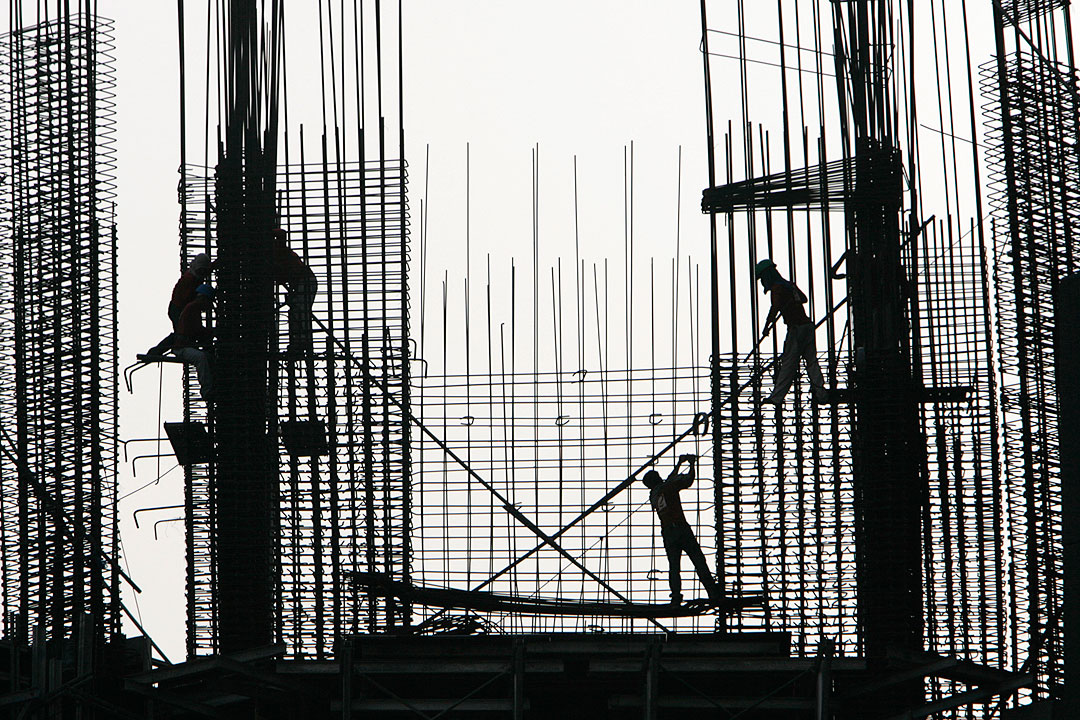APPROVED building permit applications dropped 2.4% in July to 14,343 from 14,689 a year ago, according to the Philippine Statistics Authority (PSA).
Building projects covered by the permits were equivalent to 3.06 million square meters (sq.m.) in floor area valued at P41.21 billion.
Floor area and value totals were down 41.7% and 14.1%, respectively, from a year earlier.
Permits for residential projects accounted for 67.3% of the total fell 2.9% at 9,652 approvals. These projects were valued at P15.97 billion with a floor area of 1.45 million sq.m.
Single homes accounted for 79.5% of all residential projects, down 6.6% year on year at 7,672 approvals from 8,210 a year ago.
Permits for apartment buildings rose by 15.6% to 1,832, while permits for duplex or quadruplex homes also increased by 13.1% to 138.
In July, nonresidential projects tallied 2,907 approvals, slightly up by 0.1%.
Commercial construction saw 2,011 approvals, a decrease of 3.3%. Agricultural projects had 86 approvals, down 9.5%, while other nonresidential works recorded 58 approvals, a decline of 6.5%.
Meanwhile, institutional building permits rose 33% to 548, while industrial project approvals were down 20% at 204.
On the other hand, permits for additions — construction that increases the height or area of an existing building — fell 7.6% to 500 in July, while alteration and repair permits were up 2.5% at 993.
The Calabarzon region — composed of the provinces of Cavite, Laguna, Batangas, Rizal, and Quezon — accounted for 27.8% of all approved building permits in July with 3,984, followed by the Central Visayas with 13.2% or 1,899 and Central Luzon with 11.8% or 1,686.
By value, construction projects in Calabarzon amounted to P15.3 billion. This was followed by Central Luzon with P4.82 billion, and National Capital Region with P4.21 billion.
The PSA said construction statistics are compiled from the copies of original application forms of approved building permits as well as from demolition and fencing permits collected monthly by the agency’s field personnel from the offices of local building officials nationwide. — Lourdes O. Pilar
